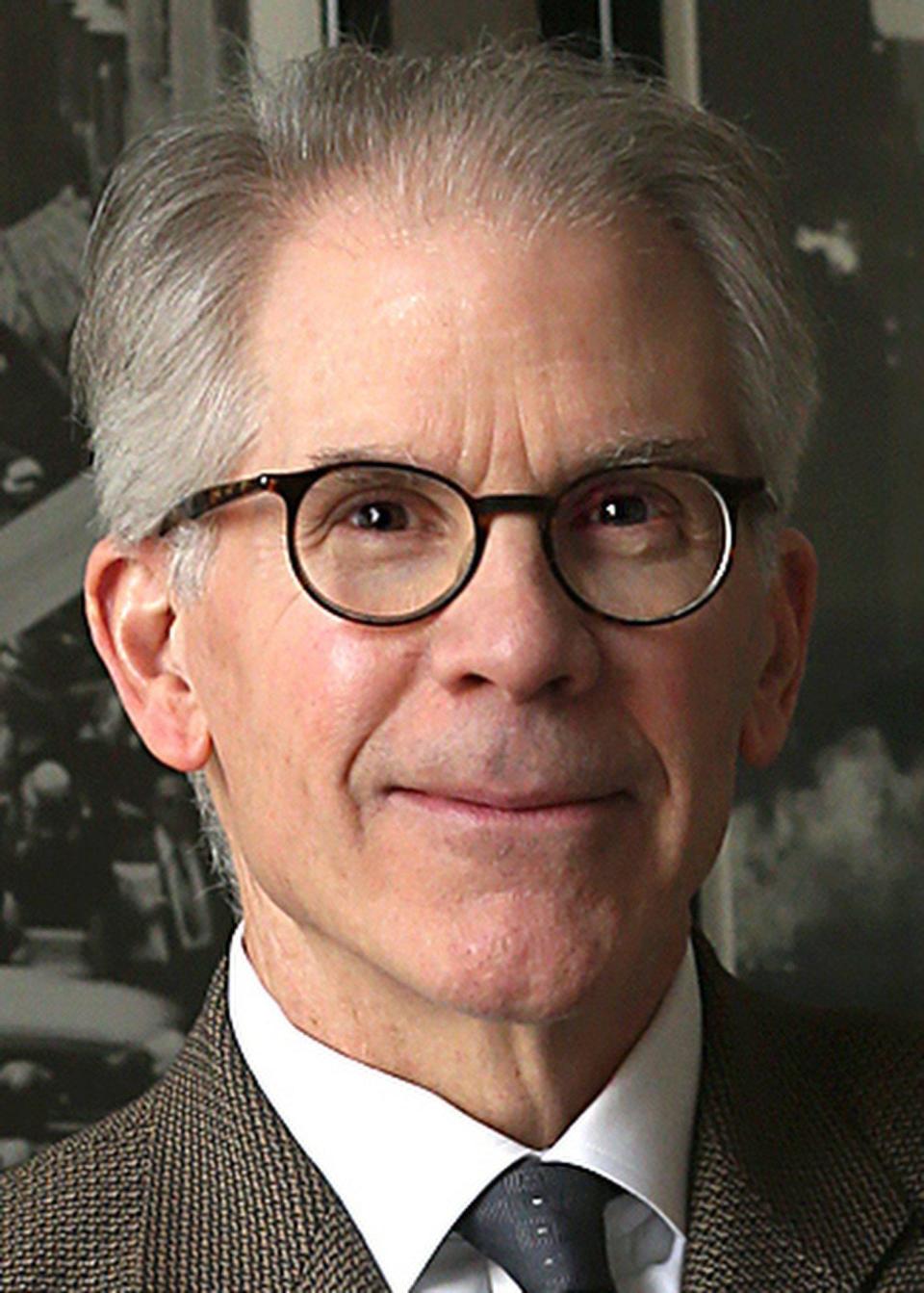John Roberts’ twisted logic on discrimination ignores reality of racism | Michael Douglas
- Oops!Something went wrong.Please try again later.
When obituary writers craft their portraits of John Roberts, they likely will recall these words from the Supreme Court chief justice: “The way to stop discrimination on the basis of race is to stop discriminating on the basis of race.”
Roberts included that sentence in his 2007 majority opinion halting local efforts to address segregation in public schools. He didn’t repeat them precisely in June. Yet the thinking fuels his misguided 6-3 majority opinion striking down the use of race as a factor in college admissions decisions.

The ruling completed a project of sorts for Roberts, going back to his days as a lawyer in the Reagan administration. He, and the court majority, see the 14th Amendment as basically colorblind. They view race-conscious steps to address the long, grim legacy of slavery and the persistent mistreatment of Black Americans as just another form of discrimination.
They tout the virtues of merit and fairness, and polls show many Americans agree. The simplicity and seeming common sense at work are appealing.
Yet, even in this summer of blockbuster news, it is worth dwelling on the profound loss in the court’s decision, and why using race as a factor in college admissions is necessary and good for the country.
There is no better framing of the matter than the one by Lyndon Johnson in June 1965 at Howard University. He spoke as his administration engineered passage of landmark civil rights legislation.
Johnson stressed that the legislative victories are just the beginning, the barriers to freedom “tumbling down.” He reasoned that “freedom is not enough,” adding: “You do not take a person who, for years, has been hobbled by chains and liberate him, bring him up to the starting line of a race and then say, ‘you are free to compete with all the others,’ and still justly believe that you have been completely fair.”
He had in mind “not just equality as a right and a theory but equality as a fact and equality as a result.”
The Johnson White House had big ambitions, and early on, many pursued ways to make real “the gates of opportunity.” For instance, some colleges set aside fixed numbers of seats in classes for Black students.
Not surprisingly, a backlash ensued, critics echoing Andrew Johnson when he vetoed the 1866 Civil Rights Act, unhappy with Blacks receiving “special treatment.” (Congress overrode the veto.)
In 1978, the Supreme Court took up the question of affirmative action. It delivered a compromise. It rejected the use of quotas and similar measures while allowing universities to use race as a factor in admissions decisions as part of seeking what the court rightly deemed valuable: diversity on campus.
Many universities and colleges have not employed such an approach, diversity achieved, anyway. More selective public and private schools have. This has been so for nearly five decades, schools narrowly tailoring the use as ordered by the court. More, on multiple occasions, the Supreme Court reaffirmed its position, even as recently as 2016.
In her sharp and compelling opinion, Justice Ketanji Brown Jackson complements the more sweeping dissent of Justice Sonia Sotomayor by focusing on the majority’s misapplication of fairness. She shows why “colorblind” is not enough.
Jackson traces the history, starting with a reminder that the framers of the 14th Amendment understood what Lyndon Johnson later articulated: Affirmative steps are required to overcome “the consequences of ancient brutality, past injustice and present prejudice.” In other words, the amendment isn’t colorblind.
The initial, hopeful steps during Reconstruction gave way to Jim Crow, replaying the brutal subjugation of Blacks, the promise of freedom and opportunity denied. As Jackson argues, this persistent exclusion generated the racial gaps of today, Blacks far behind in wealth, income, homeownership, education, health outcomes and other quality-of-life indicators.
In that context, race-conscious college admissions hardly seem unfair. That becomes more apparent as Jackson describes the actual use of race at the University of North Carolina. Race alone is never the reason a student is accepted. It is one of 40 criteria designed to reveal each individual story, as the court majority supposedly wants.
Jackson notes that a higher percentage of the most academically excellent, in-state, Black students were denied admission than similarly qualified white and Asian-American students. This is the kind of detail that emerged in the trial, in which North Carolina prevailed, and receives little notice from the majority.
Special treatment? Not really. Rather, the court majority has jettisoned a modest and effective approach to repairing harm. The 14th Amendment aims to solve a problem, or, as Jackson puts it, “to stare at racial disparity unblinkingly.” Unfortunately, the court majority thinks, contrary to much experience, the problem will disappear if race is no longer a factor.
Michael Douglas was the Beacon Journal editorial page editor from 1999 to 2019. He can be reached at mddouglasmm@gmail.com.
This article originally appeared on Akron Beacon Journal: John Roberts’ twisted logic on discrimination harms America

